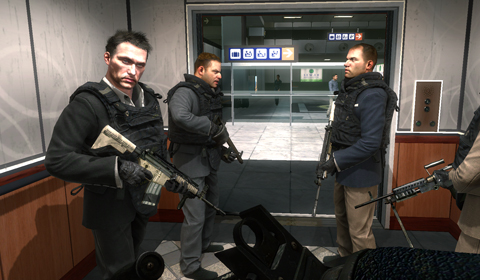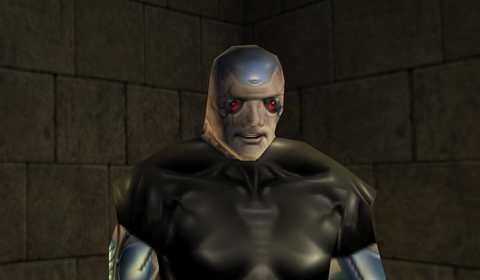Welcome to Playthroughline! Regardless of how you found your way over here, the content of this blog assumes you have a healthy interest in videogames, or more specifically, the design thereof. With a strong focus on story and narrative and how these concepts are linked to gameplay (or how they unfortunately are not), I aim to collate my thoughts and impressions here. Naturally, this will not preclude me from branching out to other topics as well.
The title is a combination of two terms: playthrough and throughline. A playthrough is a gaming session from the beginning of the story to its conclusion, though not necessarily a continuous one. A throughline is generally regarded as the spine of a story in the field of narratology. As such the title combines my interest in both games and story and segues nicely into the field of Narrative Design.












